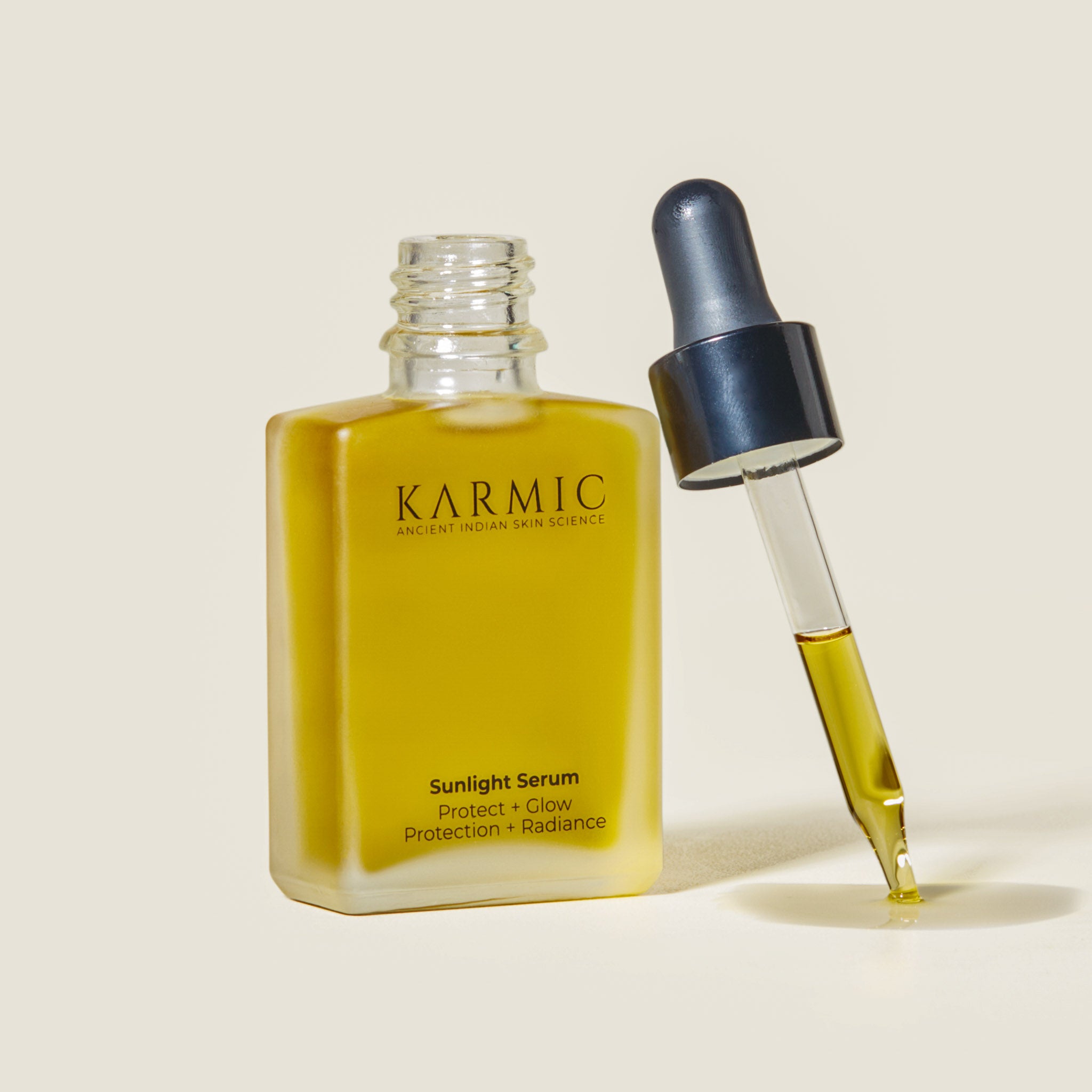By now we're all aware of the many health issues that are caused by smoking. But did you know that smoking is also a well-known culprit behind premature aging and the development of various types of wrinkles? Here's a detailed look at how smoking specifically contributes to the formation of wrinkles, backed by scientific research.
Types of Wrinkles Caused by Smoking
1. Perioral Wrinkles (Smoker's Lines)

These vertical lines appear around the lips and are often more pronounced in smokers due to the repetitive motion of pursing the lips to inhale.
A study in the Journal of Dermatological Science found that the mechanical action of smoking exacerbates these lines. Additionally, smoking reduces blood flow, leading to reduced collagen and elastin production, which are critical for maintaining skin elasticity.
The repetitive pursing motion combined with the chemical impact of smoking breaks down the skin’s supportive structures more rapidly than usual, creating deep, vertical lines that are hard to treat.
2. Crow's Feet

These are fine lines that radiate from the outer corners of the eyes. They develop more quickly in smokers due to squinting to avoid smoke irritation and the oxidative stress caused by smoking.
According to research published in Plastic and Reconstructive Surgery, smoking significantly accelerates the formation of crow's feet due to repeated squinting and the overall reduction in skin health caused by tobacco smoke.
The constant squinting motion, combined with reduced skin repair due to smoking, leads to more pronounced crow’s feet and fine lines around the eyes. The lack of essential nutrients further accelerates skin aging in these delicate areas.
3. Nasolabial Folds

These are the deep lines that run from the sides of the nose to the corners of the mouth. Smoking can deepen these folds due to the loss of skin elasticity and volume.
The Journal of the American Academy of Dermatology reports that smoking decreases the skin's ability to repair itself, which leads to more pronounced nasolabial folds. Nicotine restricts blood flow, which hinders the delivery of essential nutrients and oxygen to the skin.
Over time, the repetitive muscle actions involved in smoking, combined with decreased skin elasticity, make nasolabial folds more prominent and deeper, contributing to an aged appearance.
4. Forehead Wrinkles

These refer to those deep, horizontal lines that form across the forehead. Smokers often develop these wrinkles earlier and more deeply than non-smokers.
A study in the British Journal of Dermatology showed that smokers have a higher likelihood of developing deep, static forehead wrinkles. This is due to the combined effects of nicotine reducing skin thickness and the repetitive action of raising the eyebrows to avoid smoke in the eyes.
Constant raising of the eyebrows, coupled with the loss of skin thickness and elasticity from smoking, results in deeper, more permanent forehead lines that contribute to a more aged appearance.
The Role of Free Radicals
Free radicals are unstable molecules that can damage cells, proteins, and DNA by stealing electrons from other molecules, leading to cellular damage and oxidative stress. Free radicals are derived from normal essential metabolic processes in the human body or from external sources such as exposure X-rays, ozone, cigarette smoking, air pollutants, and industrial chemicals.
Smoking in particular generates a substantial amount of free radicals, which accelerate the aging process by breaking down collagen and elastin, the proteins that keep skin firm and elastic.
A review in Toxicology Letters confirmed that the oxidative stress from smoking contributes to the degradation of collagen and elastin, thereby promoting wrinkle formation.
Detailed Impact: The constant bombardment of free radicals from smoking causes chronic damage to skin cells, impeding their ability to repair and regenerate. This damage manifests as premature wrinkles and an overall dull, aged appearance.
Reduced Collagen and Elastin Production
Smoking impacts the skin at a cellular level by reducing the production of collagen and elastin fibers. These fibers are crucial for maintaining the skin’s structural integrity and elasticity. Nicotine and other chemicals in cigarettes cause vasoconstriction, which restricts blood flow to the skin. This diminished blood flow reduces the supply of oxygen and nutrients, impairing the skin's ability to regenerate and maintain its youthful appearance. While we can try to mitigate these negative effects with a rejuvenating serum, lifestyle factors play a large part in overall skin health.
The Archives of Dermatology highlighted that smokers experience a significant reduction in collagen synthesis, which directly contributes to the formation of wrinkles.
Impact on Skin Hydration
Nicotine and other chemicals in tobacco smoke disrupt the skin's natural hydration balance. Smoking depletes the skin of essential vitamins, such as Vitamin A, which is vital for maintaining skin moisture and repair. The lack of hydration leads to a dull complexion and the development of fine lines.
Research published in the International Journal of Dermatology found that smokers have significantly lower levels of skin hydration compared to non-smokers, contributing to the formation of wrinkles.
Conclusion
Smoking accelerates the aging process and leads to the formation of various types of wrinkles, including perioral wrinkles, crow's feet, nasolabial folds, and forehead wrinkles. The detrimental effects of smoking on collagen and elastin production, coupled with oxidative stress and reduced skin hydration, significantly contribute to premature aging. Quitting smoking and adopting a healthy skincare routine can help mitigate these effects and improve skin health.




